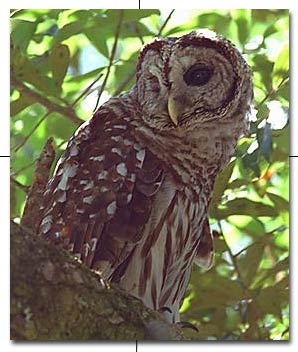
| Classification: | ||
| Kingdom: | Animalia | |
| Phylum: | Chordata | |
| Class: | Amphiba | |
| Order: | Anura | |
| Family: | Bufonidae | |
| Genus: | Bufo | |
| Species: | Bufo hemiophrys | |
Description:
A small toad between 35-75mm in length, and skin covered with small irregular warts. The parotiods are large and oval or kidney sharped. There are two metatarsal tubercles; the inner one being large and slightly sharp edged. Cranial crests are absent in young Canadian toads but appear as their size increases and form a convex boss or slightly furrowed in adults. The body colour in generally grey-green to brown, with reddish tubercles encircled by dark spots. There is also a rusty color phase. Most often there is whitish vertbral stripe but it is not as contracting with the background colour as it is in the Western Toad (Bufo boreas). The belly is white in the with black spots for Canadian Toads found in Alberta.
Remarks:
The Canadian toad is active during the day and into the late evening, then will burrow into moist sandy at night. The toad can be found in Alberta from April until September. It is found from the north and east of the Bow River to the Northwest Territories border, but mostly confined to the eastern part of the province. The numbers of Canadian Toads in Alberta is in decline.
Breeding takes place in shallow water bodies such as ponds, lake margins or ditches, between may to July. The eggs are laid in a long single string of eggs of 1.0 mm in diameter. The tadpoles are blackish above and lighter below and tail fins translucent or slightly pigmented.






